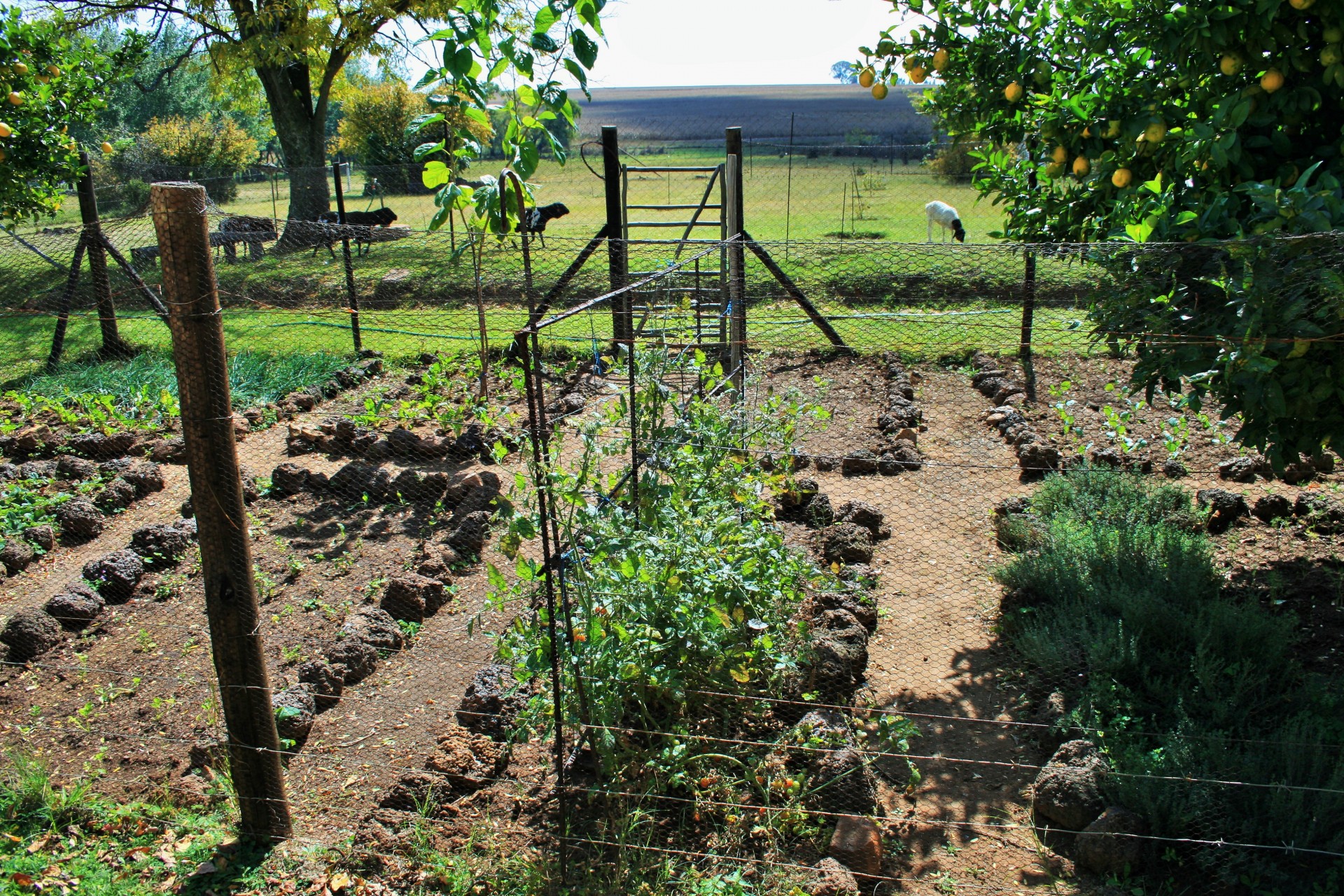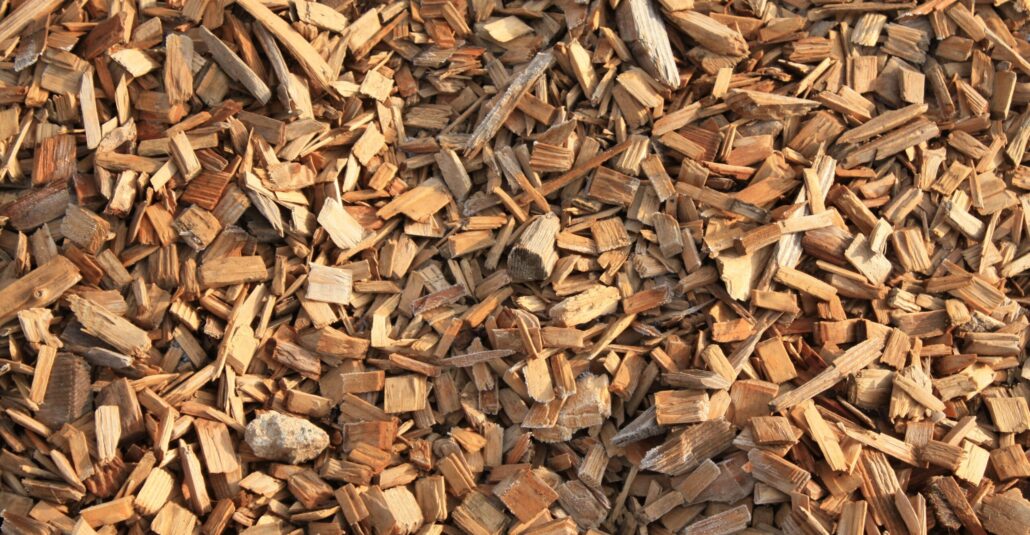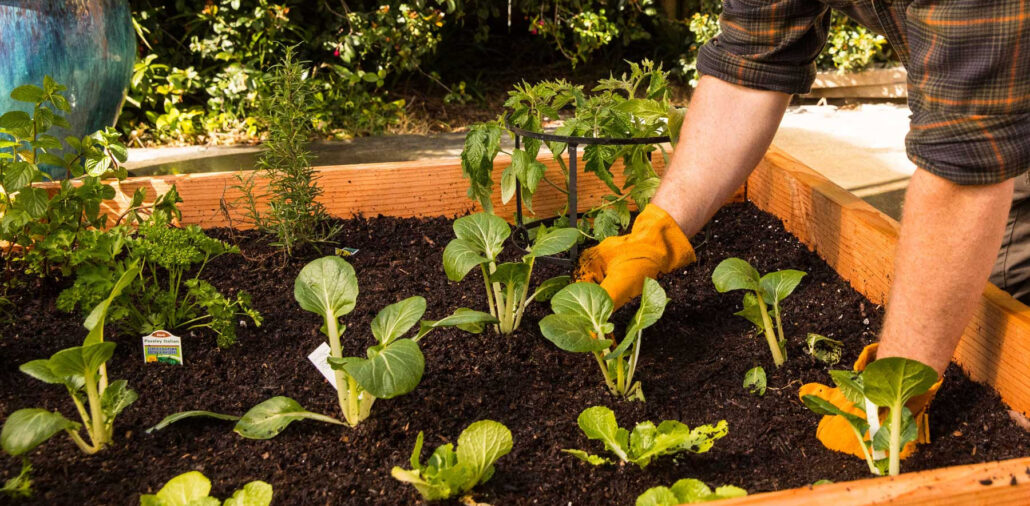
Bark mulch isn’t just a practical addition to your garden beds—it’s a crucial element for maintaining soil health, moisture retention, and enhancing the visual appeal of your landscape. Whether you’re an experienced gardener or new to landscaping, getting your garden beds ready for bark mulch involves several key steps to ensure optimal outcomes. Here’s a comprehensive guide to help you begin, featuring practical tips and expert advice.
Clearing the Garden Beds
Before applying bark mulch, it’s essential to start with a clean slate. Remove any existing mulch, weeds, decomposed organic matter, leaves, and other debris from the garden beds. This thorough clearing prevents weed competition and allows the mulch to provide maximum benefits to your plants.
Weed Management
Managing weeds is critical before laying down bark mulch. Eliminate visible weeds and their roots to prevent them from penetrating through the mulch later. Tools like garden hoes or hand implements can be effective in carefully uprooting weeds, ensuring you extract their entire root systems. Optionally, consider using weed fabric or landscaping cloth as a barrier beneath the mulch to further deter weed growth, depending on your preference and garden bed type.
Soil Preparation
Healthy soil forms the foundation for thriving plants. Prior to applying bark mulch, take the opportunity to amend the soil if needed. This may involve incorporating compost or organic materials to enrich soil structure and fertility. Use a garden fork or tiller to integrate these amendments thoroughly into the top layer of soil, ensuring even distribution across the garden beds.
Leveling and Smoothing
Once the soil is prepared, use a rake to level and smooth the surface of the garden beds. This step promotes a uniform base for applying bark mulch, ensuring consistent moisture retention and an attractive appearance. Address any low spots or uneven areas to maintain even coverage and aesthetic appeal.
Choosing the Right Bark Mulch

Choosing the Right Bark Mulch
Selecting the appropriate type of bark mulch is crucial for achieving your landscaping goals. Bark mulch is available in various sizes, colors, and compositions, each offering distinct benefits such as moisture retention and weed suppression. Consider factors like visual appeal and long-term soil health when choosing between shredded bark, bark nuggets, or pine bark mulch. Remember that the type of mulch can influence soil pH over time, so choose accordingly based on your plants’ specific needs.
Applying Bark Mulch
Apply bark mulch evenly across the garden beds with a thickness of 2 to 4 inches. Avoid placing mulch directly against plant stems or trunks, as this can trap moisture and potentially harm plants. Maintain a small gap around the bases of plants to promote airflow and prevent rot. Use a garden shovel or rake to distribute the mulch evenly, ensuring it covers the soil surface effectively.
Mulch Maintenance
Once applied, bark mulch requires minimal maintenance to keep garden beds looking their best. Periodically fluff or stir the mulch to prevent compaction and encourage air circulation, which helps maintain its effectiveness in moisture retention and weed control. Monitor the mulch layer regularly and replenish it as necessary to maintain the desired thickness and benefits throughout the season.
Watering and Soil Moisture
Proper watering is essential to maximize the benefits of bark mulch. Water garden beds deeply after mulch application to settle it in place and improve soil moisture retention. Regularly monitor soil moisture levels, particularly during hot or dry periods, to ensure plants receive adequate hydration. Bark mulch helps regulate soil temperature and moisture, supporting healthier plant growth and reducing overall water usage.
Visual Appeal and Longevity

Visual Appeal and Longevity
In addition to functional benefits, bark mulch enhances the aesthetic appeal of garden beds by providing a neat and uniform appearance. Choose mulch colors that complement your plants and overall landscape design, creating a cohesive outdoor environment. With proper maintenance and replenishment, bark mulch can last for several years, delivering long-term benefits to garden beds while reducing the need for frequent soil amendments.
Environmental Considerations
Consider the environmental impact when selecting bark mulch for your garden beds. Opt for mulch sourced from sustainable forestry practices or recycled materials whenever possible to support responsible land management and reduce waste. This choice enhances garden ecosystem health and biodiversity.
In conclusion, preparing your garden beds for bark mulch involves careful planning and attention to detail. By following these steps and guidelines, you can establish a healthy and vibrant garden environment that promotes plant growth, conserves moisture, suppresses weeds, and enhances the beauty of your outdoor space. For more insights on garden maintenance and landscaping, continue exploring resources aligned with your gardening goals.


